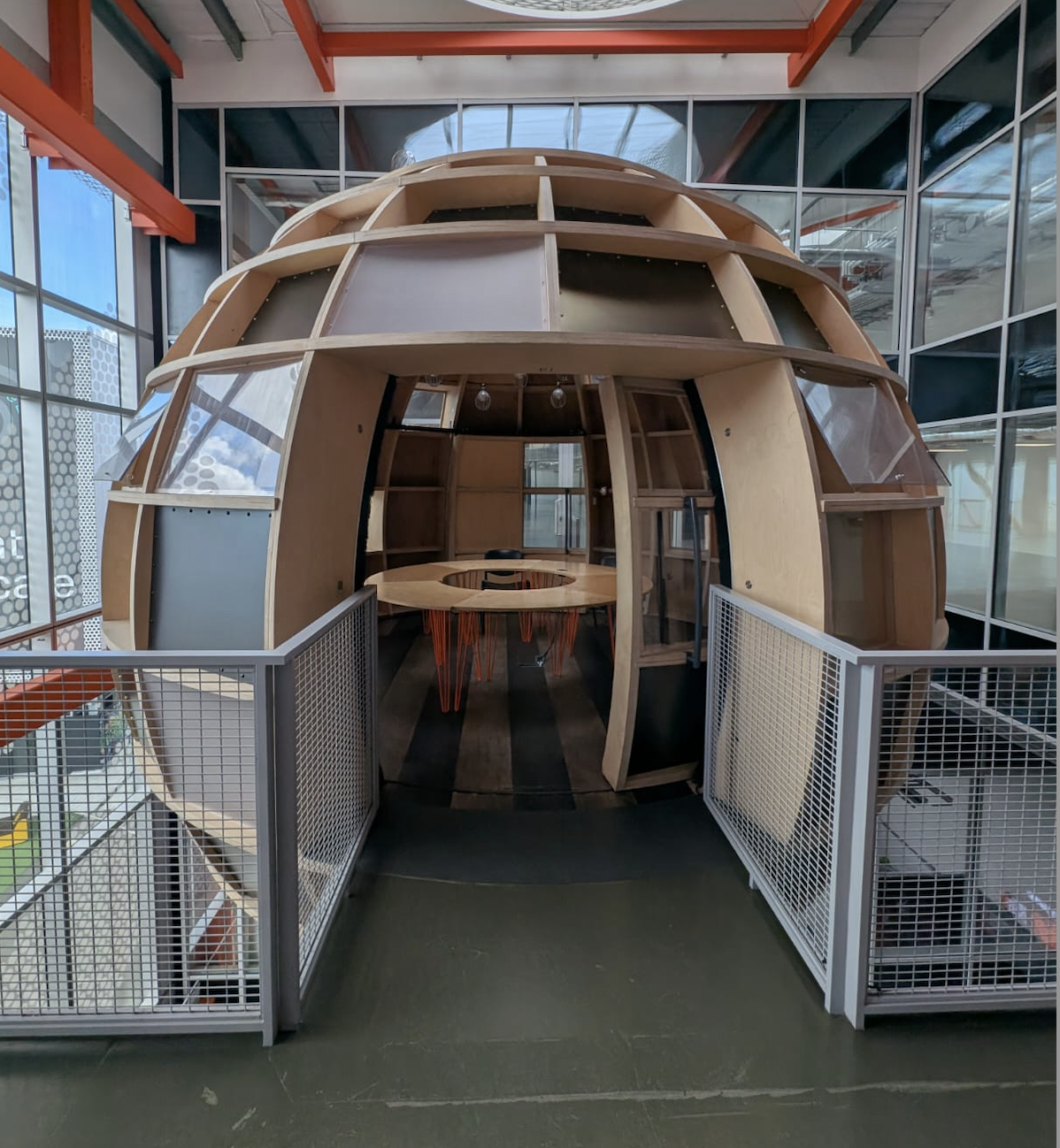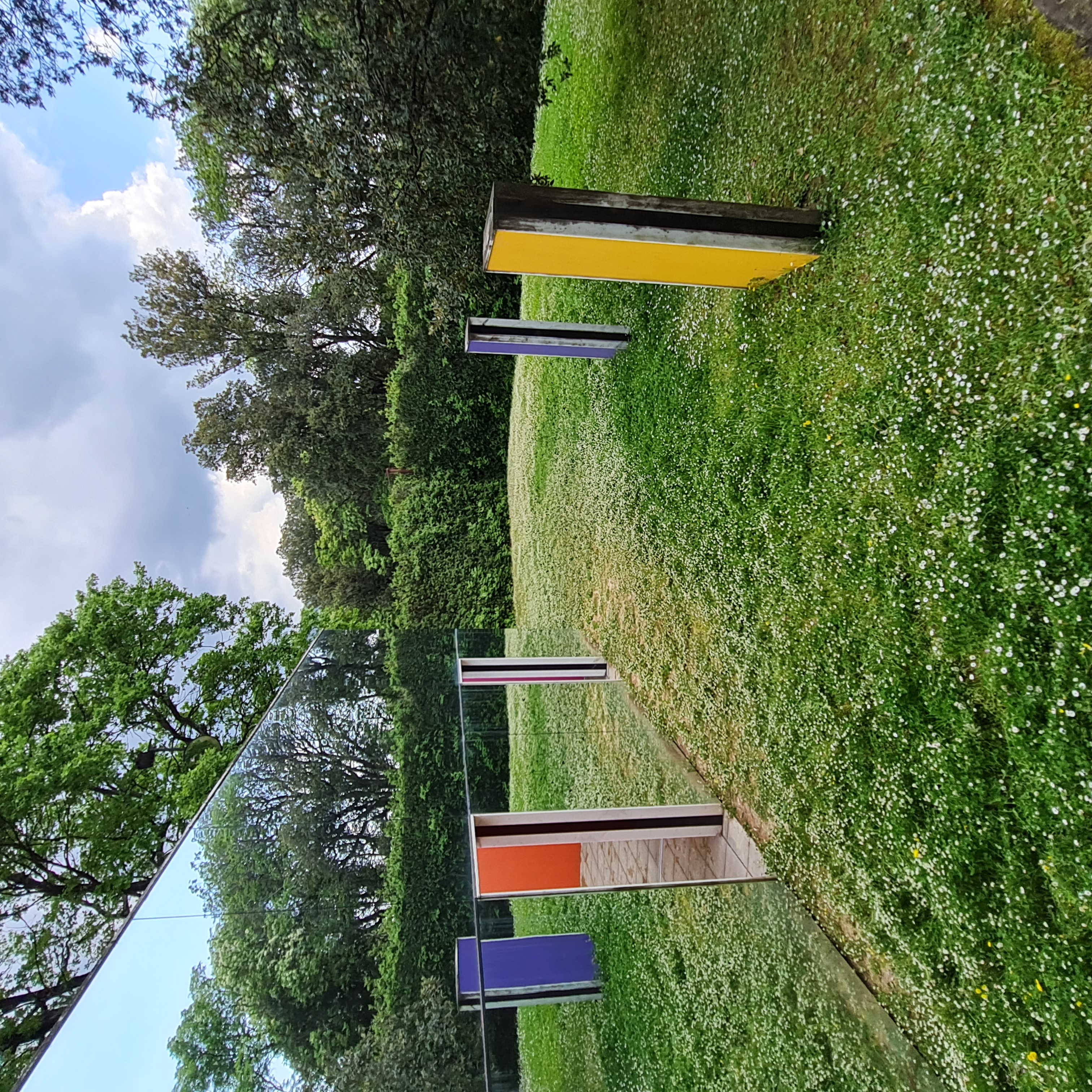
Notes on panel data regression
The Yasuyo building, Shinjuku, March 2025 Introduction The issue of how to analyse data on repeated observations on the same units over time (i.e. panel data/longitudinal data) occurs frequently. For example, visitors returning to a website, the sale price of a group of historic buildings over time, people’s pattern of TV viewing and individuals stated well-being in response to repeated survey questions to name a few I’ve encountered. The below are some notes to refresh my knowledge of the basics of the topic. What follows assumes some knowledge of regression and linear algebra. It is based on the treatment of the topic in Davidson & Mackinnon and Johnston & DiNardo. ...












